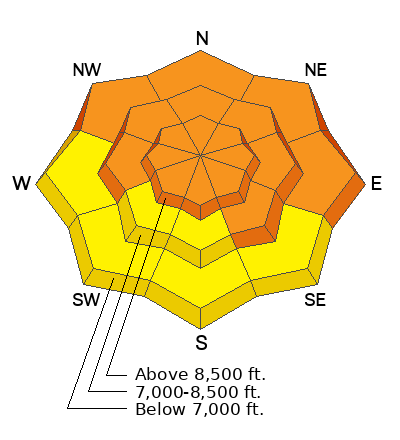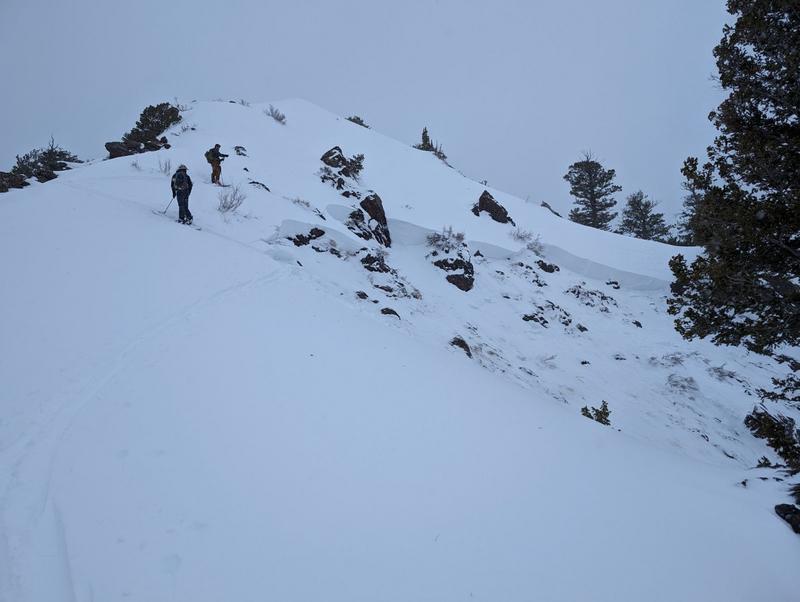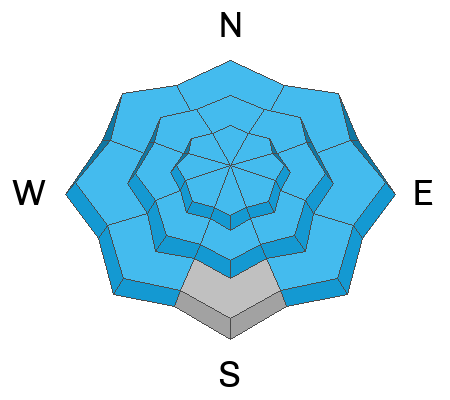Forecast for the Ogden Area Mountains

Issued by Dave Kelly on
Sunday morning, January 21, 2024
Sunday morning, January 21, 2024
The avalanche danger is CONSIDERABLE at upper and mid-elevation slopes west through north through southeast and at the lowest elevations northwest through east. The danger is MODERATE on lower and mid-elevation slopes facing west through south and southeast.
We continue to get reports of human triggered avalanches failing on the buried persistent weak layer. These avalanches are breaking 2-4' deep and a hundred feet wide. Avoid slopes greater than 30° where this buried persistent weak layer is now covered over by new and wind-drifted snow.
We continue to get reports of human triggered avalanches failing on the buried persistent weak layer. These avalanches are breaking 2-4' deep and a hundred feet wide. Avoid slopes greater than 30° where this buried persistent weak layer is now covered over by new and wind-drifted snow.

Low
Moderate
Considerable
High
Extreme
Learn how to read the forecast here





